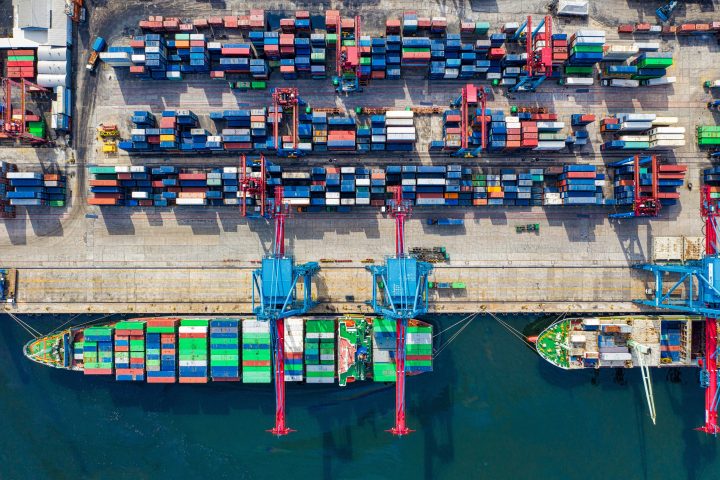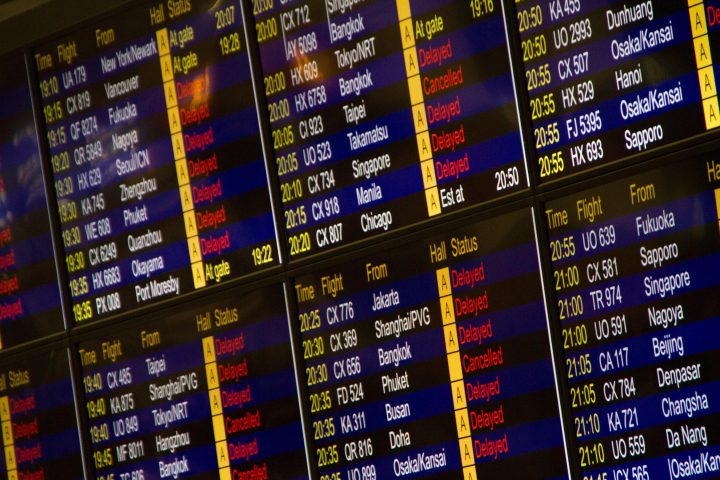Maritime Transport Chain Automation
Maritime transport chain is a network of carriers, ports, freight forwarders and supporting services than spans all over the world. It is very usual that movement of cargo from source location to the destination requires handling and transport that involves several dozens of organizations during the journey of goods.
Customers and stakeholders in Maritime Industry demand more speed, less cost, more transparency, bigger security, less impact on environment, bigger efficiency, to name only a few key indicators with which we can measure success. These goals can be achieved by streamlining all the aspects of transportation chain processes, mostly with the smart technologies that will help resolve the biggest burdens of transportation industry, like long paperwork paths, efficient use of resources and coping with ever increasing quantity of cargo.
These changes do not necessarily require large modification of existing information systems. The introduction of innovative technologies should occur in successive steps, with additional services or interfaces, that can speedup, optimize or eliminate (in case innovation replaces some part of process or technology) time and resource-consuming tasks.
Labor Market Expected Changes
Usage of new technologies in Maritime transportation chain will trigger changes in the needs of human resources for support of modified and new processes. Digitalization of the documents and electronic data exchange will affect the need for simple manual entry of data and staff necessary to handle this processes.
At the same time, innovations in Transport chain will create new job positions with different skill sets. For example, there will be need for skilled people for advanced planning of resources and processes with the knowledge of modern planning tools. Or employees skilled for support of handling intelligent smart devices (IoT sensors,…).
There will be more need on knowledge for specific transport chain analytics and real-time process optimization, adjustment to the current conditions of resources, transport routes and similar key factors

Vessel Estimated Time Arrival
Management of vessel arrival and departure times in ports is one of the key factors not only for logistic operations in ports, but for the whole Maritime transport chain. Estimations of arrival and departures are key for planning of operations on all levels and departments.
A port which supports innovative technology (such as vessel ETA) can be able to predict with high precision the arrival and departure time of a ship and with this increase the efficiency of operations.
Labor Market Expected Changes
Advanced technology for estimation of arrival and departure time will not have a direct repercussion on the labor market but will be beneficial for the better human resource utilization. Operators will be able to better plan the resource, their utilization and react to changes due to external factors that affect changes in departure and arrival times.
Risk for the employees and labor market related to the technology for estimation of arrival and departure time of vessels is low and comes mainly from the same source of risks that apply to technology consideration. If the accuracy of data used as a base for estimates is not correct, the mislead estimates could cause waiting time and lower utilization for the employees.

Deliverables Planning
Better planning of deliveries (based on the real-time and predicted traffic conditions with the travel time information) helps to improve reliability through the selection of travel routes pre-trip and en-route. In the application of logistics, travel-time information could reduce delivery costs, increase the reliability of delivery, and improve the service level.
A specific IT tool can be developed leveraging two technology: Big Data and PCS automation
Labor Market Expected Changes
The main consequence of the Deliverables Planning development would be the sensible reduction of the number of people needed in order to manage the journey of a fleet of containers and/or semitrailers and at the same time to make more efficient the workload of the fewer operative staff that remained employed. The technology would allow even a single manager of operations to have a clear and immediate situation of the fleet, with the possibility of mapping in advance all the journeys in a fully optimized way and to change in real-time routes in case of anomalies. The workload would become less dependent on phone calls and email, making operational jobs more efficient, meaningful, less repetitive in some areas (especially in the communications side) and less discretional, as fully operational Deliverables Planning Systems would help managers of operations to perform their duties by giving them the right set of information at the right time, making their decision making process more data-based and less opinion-based.
A full-scale system would allow a single operator to give more than a hundred orders per minute, managing at the same time an exponentially higher number of communications to suppliers and customers than it would have been possible to handle with a traditional email/phone method. Because of this, operators will be required to become more managerial, more skillful in order to intervene only in out-of-order situations and to monitor the progress of the day-to-day schedule.
 |